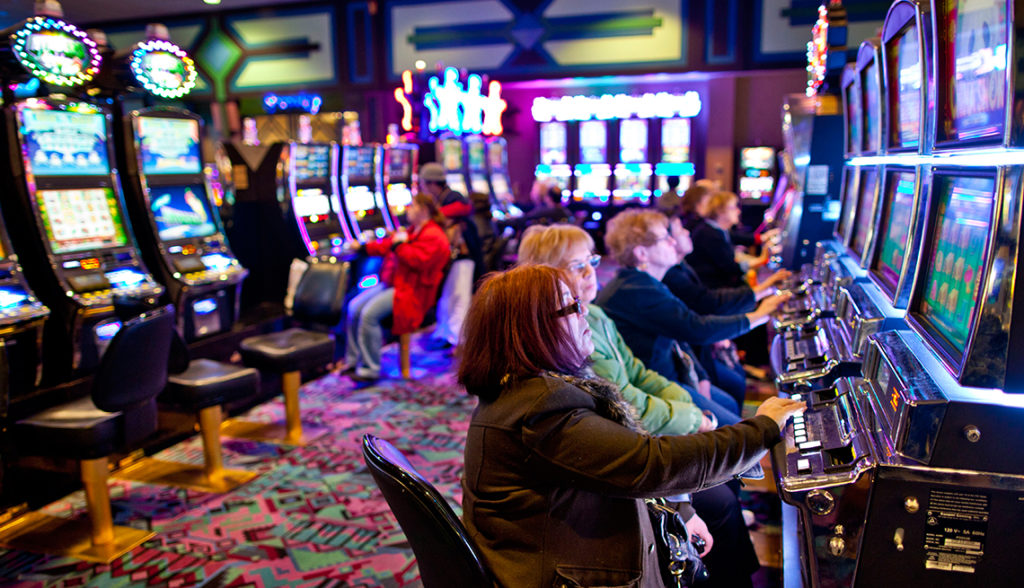
Casino offerings have been a source amusement and excitement for countless players around the globe. One of the key components that renders these games captivating is the variety of cards employed in various types of games. Grasping the different types of cards can improve your gaming experience and refine your gameplay approaches. Whether you are attracted to classic card games like poker and blackjack or newer casino offerings, each game relies on a unique set of cards that affects the rules and the rhythm of play.
In casino settings, cards come in several forms, each designed to fit the needs of particular games. From regular decks to specialized card types, the diversity plays a crucial role in shaping the mechanics of each game. By acquainting yourself with these cards and their uses, you can gain more profound insights into the games and make more informed decisions at the table. This understanding not only enhances your gaming experience but also contributes to a higher-level approach to your chances of winning.
Types of Playing Cards
When it comes to casino games, the kind of playing cards used can significantly impact the gameplay and tactics. The most frequent deck is the traditional 52-card deck, which consists of 4 suits: diamonds, clubs. https://00kubet.com/ Each suit contains thirteen ranks, from Ace to King. This traditional deck is essential in numerous games, such as blackjack, where players aim to create the best hand possible or approach 21 as they can.
Some casino games utilize unique decks specifically designed for those games. For instance, the popular game of baccarat often employs various decks shuffled together, typically 6 or 8. This not only increases the difficulty of the game but also impacts betting strategies, as players must consider the increased number of cards in play. Additionally, some games may introduce jokers or wildcards, adding further variety and thrill to the gambling experience.
In niche games, custom decks may come into play. For example, in games like Bridge or pinochle, participants might use unique rules with different card values or functions. These variations keep the gameplay fresh and allow for diverse strategies to emerge. Understanding the different types of playing cards and their specific uses in different casino games is key to improving one’s gambling experience and boosting overall performance at the tables.
Card Modifications in Casino Games
In gambling activities, the type of deck utilized can significantly impact both the play and the tactics used by participants. Most classic card games, such as 21 and five-card draw, typically use a standard 52-card pack. However, variations do exist where additional wild cards or even multiple packs are used. For instance, in blackjack, some gaming establishments may employ one to eight packs, which can change the odds and the basic strategy required to play optimally. Players must be cognizant of the set of cards composition, as it influences the casino advantage.
Another common modification in gambling card games is the utilization of specialized or specialized decks. For example, some five-card draw activities might use a deck that includes unique images or patterns, which can enhance the atmosphere at the table. These specialized packs often serve to distinguish between different play types or loyalty programs within the gaming establishment. While the traditional rules of the game remain the same, the visual appeal can influence player engagement and satisfaction.
Lastly, the mixing methods used with different types of decks can also impact play. Casinos often make use of automatic mixing machines that can randomly shuffle multiple decks effectively, making card counting more difficult. The frequency and method of shuffling can vary widely based on the activity and the gaming establishment’s policies. Understanding these deck variations is important for any participant seeking to enhance their tactics and overall enjoyment in gaming activities.
Significance of Playing Card Worth
In gambling games, the value of individual card plays a key role in deciding the outcome of different activities. Various activities assign unique worths to playing cards, shaping tactics and player decisions. For example, in blackjack, cards numbered two through ten are rated at their actual value, while face playing cards hold a value of ten, and the Ace can be worth alternatively one or eleven. Understanding these values allows gamers to make smart decisions during gameplay, boosting their chances of success.
In the same way, in the game of poker, the importance of playing card values extends to hands and hand hierarchies. High worth cards can form more powerful hands, such as pairs, straights, or flushes, which are crucial for success in the game. Gamers must evaluate not only their own cards but also possible hands their opponents might hold. This tactical depth adds excitement and complexity, making playing card values a key element in poker’s appeal.
Additionally, the mental element of playing card worths cannot be ignored. Players may use the knowledge of card worths to mislead or mislead their rivals. By grasping how a playing card’s value can affect the game’s mechanics, gamers can better manage hazards and rewards, creating a thrilling atmosphere in casino activities. Whether competing for fun or for real money, knowledge of playing card values significantly shapes the overall playing experience.
